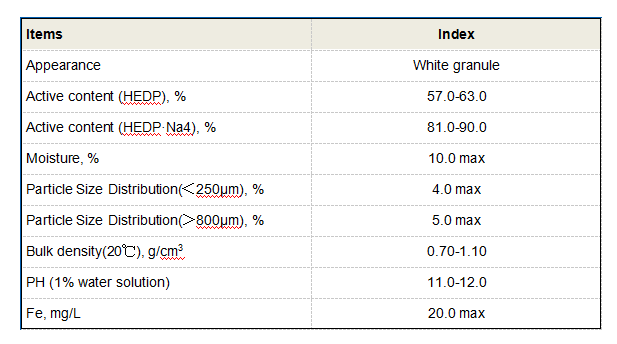polyaluminum chloride water treatment
Polyaluminum Chloride in Water Treatment An Overview
Water treatment is an essential process that ensures the availability of safe drinking water and the protection of public health. One of the pivotal agents used in the coagulation and flocculation stages of water treatment is Polyaluminum Chloride (PAC). This chemical compound plays a crucial role in the purification of water by enhancing the removal of suspended particles, organic matter, and other contaminants.
What is Polyaluminum Chloride?
Polyaluminum Chloride is a type of aluminum-based coagulant. It is composed of a mixture of aluminum chloride (AlCl3) and aluminum hydroxide (Al(OH)3) in varying proportions. This combination results in a polymeric structure that allows PAC to be highly effective as a coagulant in water treatment applications. PAC comes in various formulations, including both liquid and powdered forms, which make it versatile for different types of treatment systems.
Mechanism of Action
The effectiveness of PAC as a coagulant lies in its unique chemical properties. When added to water, PAC dissociates into aluminum ions, which interact with negatively charged particles and organic substances in the water. This interaction helps to neutralize the charges of these particles, promoting their agglomeration into larger flocs. These flocs are then easier to remove through sedimentation or filtration.
PAC also has a high charge density compared to traditional coagulants like alum (aluminum sulfate). This characteristic allows for more efficient particle bridging and results in faster settling of flocs, which is crucial for large-scale water treatment plants aiming for quick and effective processes. Moreover, PAC's ability to remove a wide range of contaminants makes it particularly valuable in treating surface water, which often contains various pollutants.
Advantages of Using PAC
1. Higher Efficiency PAC requires lower doses than traditional coagulants. A smaller quantity can achieve similar or better results due to its high charge density, which translates into cost savings in terms of both chemical purchases and the reduction of sludge volume.
polyaluminum chloride water treatment

2. Better Performance in a Wide pH Range PAC operates effectively across a broader pH spectrum (4.5 to 8.5), making it suitable for various water sources and treatment conditions.
3. Improved Water Quality The use of PAC results in clearer water with lower turbidity levels. Its ability to remove dissolved organic matter also reduces color and odor, thus enhancing the overall aesthetic quality of drinking water.
4. Lower Residual Aluminum Unlike other aluminum-based coagulants, PAC leaves lower residual aluminum levels in treated water, which is a significant concern in water quality. This is particularly important in protecting public health, as excessive aluminum concentrations can pose health risks.
5. Environmental Benefits PAC generally produces less sludge than traditional coagulants, reducing the environmental footprint of water treatment processes. Less sludge means lower disposal costs and less land usage for sludge management.
Applications in Water Treatment
Polyaluminum Chloride is widely used in municipal drinking water treatment facilities, wastewater treatment plants, and in industrial applications. Its versatility makes it suitable for treating surface water, groundwater, and even in cases where water contains high organic matter content. Furthermore, PAC is also utilized in other processes like paper production and textile manufacturing, where water clarification is necessary.
Conclusion
In conclusion, Polyaluminum Chloride is an essential compound in modern water treatment processes. Its effectiveness at lower doses, wide operational pH range, and ability to produce high-quality treated water make it a favored choice for water treatment facilities worldwide. As water quality standards continue to rise, the importance of efficient and effective coagulants like PAC will only increase. By improving water treatment processes and reducing environmental impacts, POLYALUMINUM CHLORIDE remains a pivotal component in the quest for clean water, ensuring the health and well-being of communities globally.
-
Water Treatment with Flocculant Water TreatmentNewsJun.12,2025
-
Polymaleic AnhydrideNewsJun.12,2025
-
Polyaspartic AcidNewsJun.12,2025
-
Enhance Industrial Processes with IsothiazolinonesNewsJun.12,2025
-
Enhance Industrial Processes with PBTCA SolutionsNewsJun.12,2025
-
Dodecyldimethylbenzylammonium Chloride SolutionsNewsJun.12,2025





